Beautiful!
Beautiful!

I remember seeing this in 2016 and being amazed. Finally tracked it down.
Enterprise Beam Me Up! by cylonka. Links.
Featuring ManMan1701's JJ Voyager, based on Ricky Wallace's design. Links.
More Posts from Athenadonovan and Others
Gene was was of one of my heroes and Star Trek has had a major impact on my life, from my pursuit of science to my advocacy for social progress.

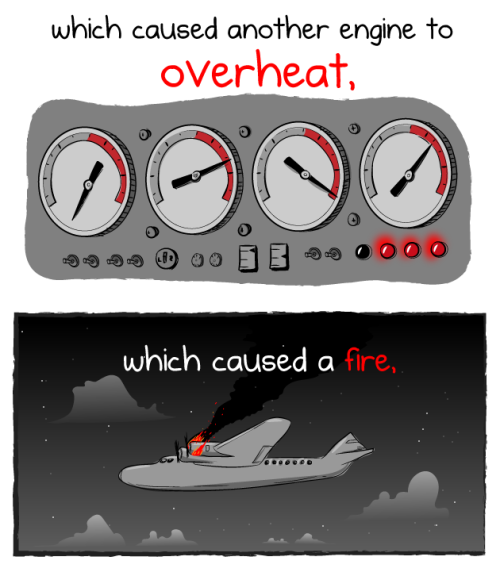
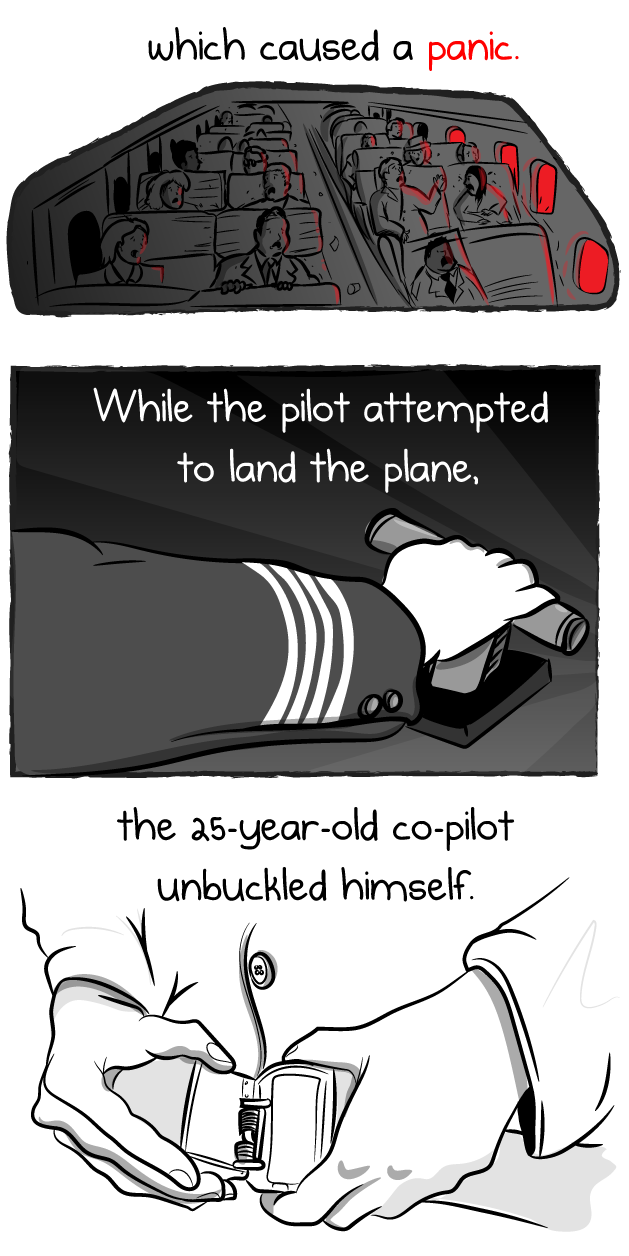

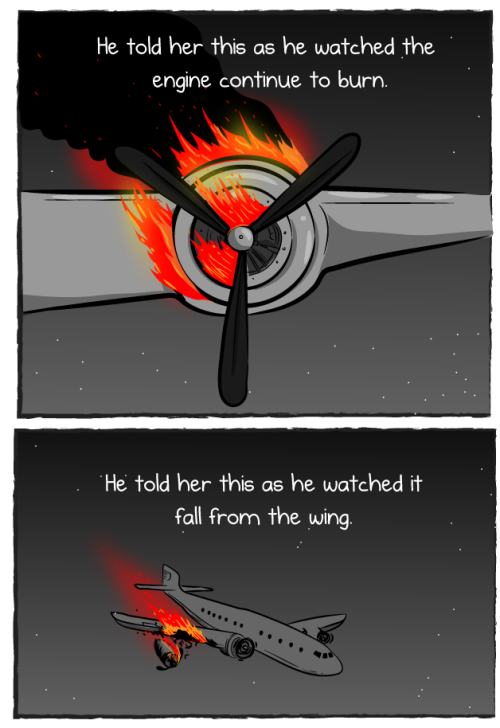
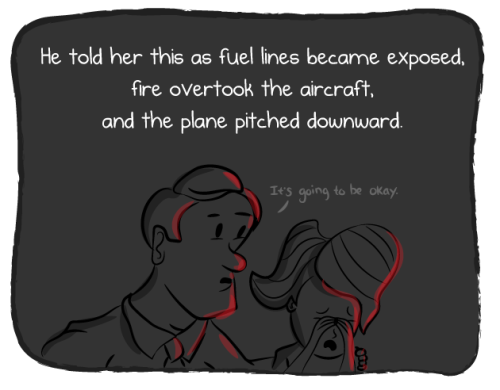
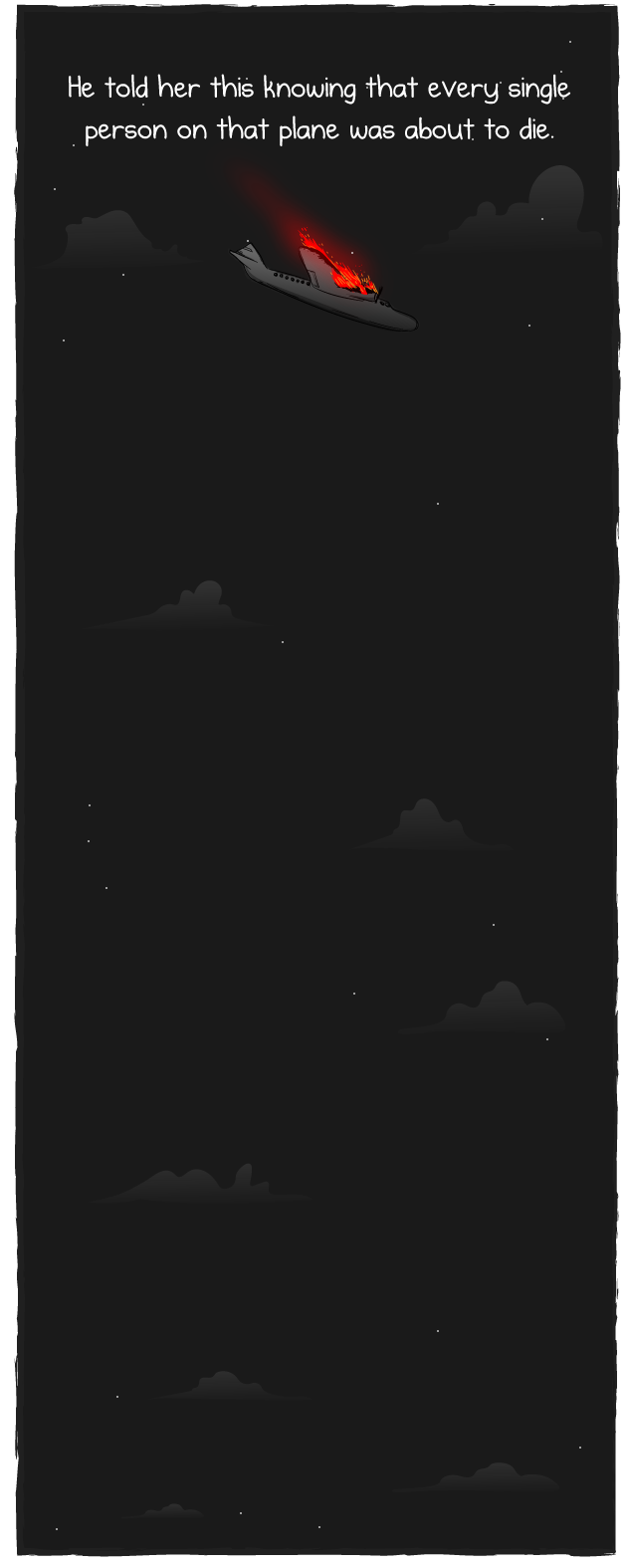


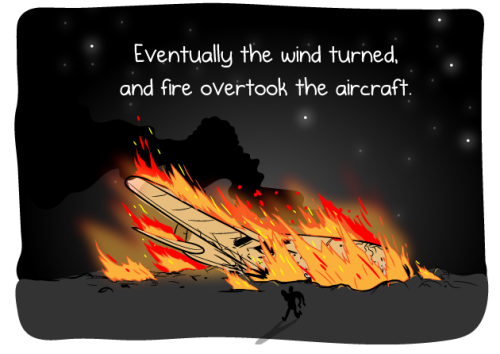








A hero in more ways than one
Can. Not. Wait!
Star Trek: Strange New Worlds Uhura Teaser
Rosie’s Rebelcaptain Recs Vol 2 - AUs
Per the theme of day 3 of Rebelcaptain Week, here are my recs for some of my favourite au stories in no particular order, with au defined as outside canonverse.
only fools rush in by @andromeda3116 - Fake Dating! Christmas au. Complete. The fact that this fic is awesome is definitely old news by now, but it bears repeating that this is the fictional equivalent of a hot chocolate and the best hug and it’s reread potential is endless.
poco a poco by @canardroublard - Music school au. Complete. I mean, I love this fic so much I wrote a whole other one just to pay it tribute. It’s sweet and funny and sexy while never losing the rough edges that make us love these characters so much. Anytime I’d go back to check on a detail for the MITJ au, I’d end up rereading the whole thing because it’s so delightful.
find me by @lifeauthoredbymusic - Reunited exes/FBI au. Complete. Man, the author manages to pack eight years worth of romantic and sexual tension into this elevator and it is deeply satisfying when it’s resolved. I came back to this fic a bunch of times when writing the reunion scenes in my own exes au to try and capture some of its depth of feeling.
In the Shadows by @hurricanedancer - White Collar/FBI au. Complete. Just reread this last night and god it is GOOD. Great action scenes, wonderful dynamics throughout the ensemble and an achingly gorgeous relationship at its heart with pining that actually comes from a valid obstacle to the relationship rather than just obliviousness (though god knows I love that kind of pining too). It’s long enough to be deeply satisfying yet I still never want it to end.
the other a-team series by @birdhapley - Newsroom au. Complete. Holy lord, speaking of long, satisfying fics that break my heart when they end, these two fics are as close to perfect as any I’ve read. I have seriously shed tears over how good they are and they’re not even sad! Featuring: better Sorkin dialogue that Sorkin, great use of the ensemble, mutual competence kinks for days and just the best, realest confession scene that you’ve ever read. God I’m even tearing up just thinking about them. Fuck. They’re good, is what I’m saying.
The Softening Blows by @halflunar - College au. Complete. Man, I have waxed poetic about this fic many a time and for good reason. It paints its universe in colours so real and tangible you feel like you’re inside of it and perfectly captures the mix of giddiness and painful yearning of falling in love.
iron, salt, earth by @youareiron-andyouarestrong - Harry Potter au. WIP. I think about this fic a lot because it has such a fascinating and compelling universe, fleshed out even beyond HP canon. Within this universe is unfurling a truly thrilling plot combined with the heart-melting sweetness of the developing relationship between young Jyn and Cassian. I’m always desperate for each new chapter but what’s already written is more than worth a read or reread.
God, how crazy talented is this fandom, y’all? This doesn’t even scratch the surface of great fics out there but if I try and add more I’ll never be able to stop. Every author is a gift and I appreciate you all so much. Thank you for the literal years of enjoyment you’ve given me xxx
I want all the deleted scenes!

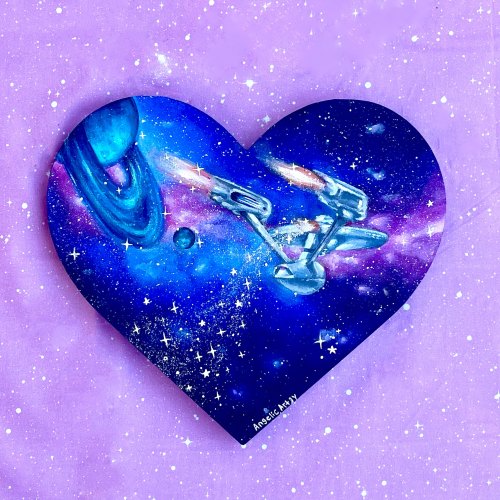

A gorgeous painting of the enterprise I commissioned from my very lovely friend. @angelic_artsy on instagram.
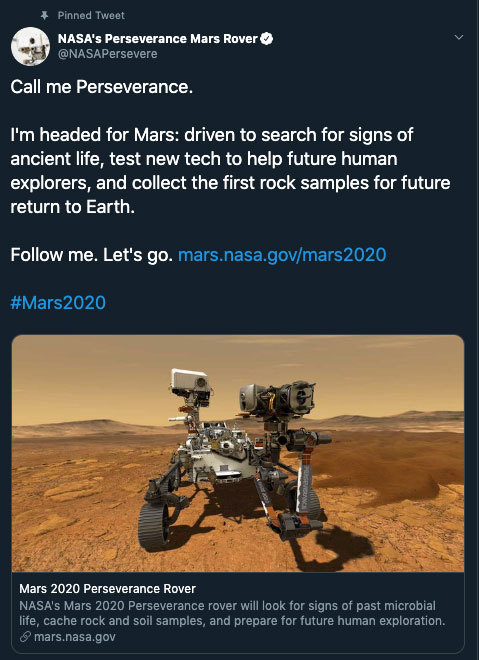
Allow us to reintroduce someone … the name’s Perseverance.
With this new name, our Mars 2020 rover has now come to life! Chosen by middle school student Alex Mather, Perseverance helps to remind ourselves that no matter what obstacles we face, whether it’s on the way to reaching our goals or on the way to Mars, we will push through. In Alex’s own words,
“We are a species of explorers, and we will meet many setbacks on the way to Mars. However, we can persevere. We, not as a nation but as humans, will not give up. The human race will always persevere into the future.”
Welcome to the family. ❤️
Make sure to follow us on Tumblr for your regular dose of space: http://nasa.tumblr.com.

Mike Minor
10 Amazing Space Discoveries by the World’s Largest Flying Observatory

On the night of May 26, 2010, the Stratospheric Observatory for Infrared Astronomy, or SOFIA, the world’s largest flying observatory, first peered into the cosmos. Its mission: to study celestial objects and astronomical phenomena with infrared light. Many objects in space emit almost all their energy at infrared wavelengths. Often, they are invisible when observed in ordinary, visible light. Over the last decade, the aircraft’s 106-inch telescope has been used to study black holes, planets, galaxies, star-forming nebulas and more! The observations have led to major breakthroughs in astronomy, revolutionizing our understanding of the solar system and beyond. To celebrate its 10 years of exploration, here’s a look at the top 10 discoveries made by our telescope on a plane:
The Universe’s First Type of Molecule

Scientists believe that around 100,000 years after the big bang, helium and hydrogen combined to make a molecule called helium hydride. Its recent discovery confirms a key part of our basic understanding of the early universe.
A New View of the Milky Way

More than a pretty picture, this panorama of cosmic scale reveals details that can help explain how massive stars are born and what’s feeding our Milky Way galaxy’s supermassive black hole.
When Planets Collide

A double-star system that is more than 300 light-years away likely had an extreme collision between two of its rocky planets. A similar event in our own solar system may have formed our Moon.
How A Black Hole Feasts
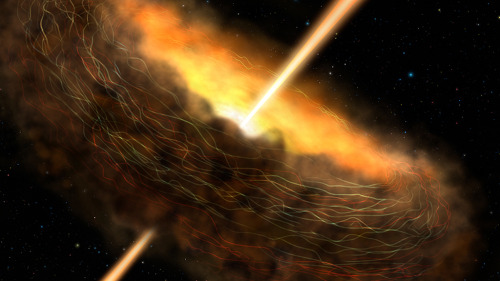
Fear not, the dark, my friend. And let the feast begin! Magnetic fields in the Cygnus A galaxy are trapping material where it is close enough to be devoured by a hungry black hole.
Somewhere Like Home

The planetary system around Epsilon Eridani, a star located about 10 light-years away, has an architecture remarkably similar to our solar system. What’s more, its central star is a younger, fainter version of our Sun.
A Quiet Place

Black holes in many galaxies are actively consuming material, but our Milky Way galaxy’s central black hole is relatively quiet. Observations show magnetic fields may be directing material around, not into, the belly of the beast.
The Great Escape

Ever wonder how material leaves a galaxy? The wind flowing from the center of the Cigar Galaxy is so strong it’s pulling a magnetic field — and the mass of 50 to 60 million Suns — with it.
Exploding Star, New Worlds

What happens when a star goes boom? It turns out that supernova explosions can produce a substantial amount of material from which planets like Earth can form.
Stellar Sibling Rivalry

They say siblings need time and space to grow, but here’s one that really needs some room. A newborn star in the Orion Nebula is clearing a bubble of space around it, preventing any new luminous family members from forming nearby.
Clues to Life’s Building Blocks

Radiation from stars is making organic molecules in nebula NGC 7023, also known as the Iris Nebula, larger and more complex. The growth of these molecules is one of the steps that could lead to the emergence of life under the right circumstances.
SOFIA is a modified Boeing 747SP aircraft that allows astronomers to study the solar system and beyond in ways that are not possible with ground-based telescopes. Find out more about the mission at www.nasa.gov/SOFIA.
Make sure to follow us on Tumblr for your regular dose of space: http://nasa.tumblr.com
R.I.P. Peter.

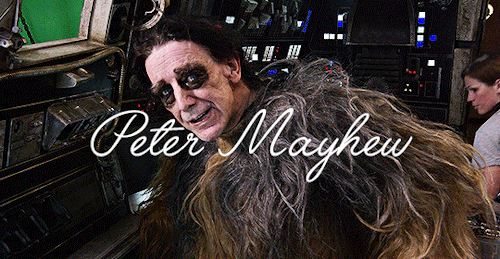

R.I.P. Peter Mayhew (19 May 1944 – 30 April 2019)
So excited for this. I will be in DC at this time!
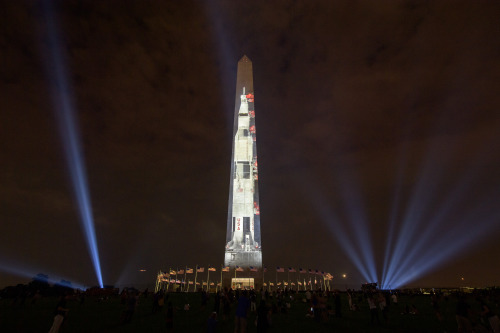
50 years ago, three Apollo astronauts rode this 363 foot tall rocket, the Saturn V, embarking on one of the greatest missions of mankind – to step foot on another world. On July 20, 1969, astronauts Buzz Aldrin, Michael Collins and Neil Armstrong made history when they arrived at the Moon. Thanks to the Saturn V rocket, we were able to complete this epic feat, returning to the lunar surface a total of six times. The six missions that landed on the Moon returned a wealth of scientific data and almost 400 kilograms of lunar samples.
In honor of this historic launch, the National Air and Space Museum is projecting the identical rocket that took our astronauts to the Moon on the Washington Monument in Washington, D.C.
This week, you can watch us salute our Apollo 50th heroes and look forward to our next giant leap for future missions to the Moon and Mars. Tune in to a special two-hour live NASA Television broadcast at 1 p.m. ET on Friday, July 19. Watch the program at www.nasa.gov/live.
Make sure to follow us on Tumblr for your regular dose of space: http://nasa.tumblr.com.
-
 lolstitanic reblogged this · 9 months ago
lolstitanic reblogged this · 9 months ago -
 dariosinferno reblogged this · 9 months ago
dariosinferno reblogged this · 9 months ago -
 dariosinferno liked this · 9 months ago
dariosinferno liked this · 9 months ago -
 starkiller1701-a reblogged this · 9 months ago
starkiller1701-a reblogged this · 9 months ago -
 puppydaddyoncouch liked this · 9 months ago
puppydaddyoncouch liked this · 9 months ago -
 cheeseykat liked this · 9 months ago
cheeseykat liked this · 9 months ago -
 secretwriter-studentjaune liked this · 9 months ago
secretwriter-studentjaune liked this · 9 months ago -
 arsonyte reblogged this · 10 months ago
arsonyte reblogged this · 10 months ago -
 basoogil liked this · 10 months ago
basoogil liked this · 10 months ago -
 violetpixel liked this · 10 months ago
violetpixel liked this · 10 months ago -
 john506th liked this · 10 months ago
john506th liked this · 10 months ago -
 serving-silently-1 liked this · 10 months ago
serving-silently-1 liked this · 10 months ago -
 syn0dic liked this · 10 months ago
syn0dic liked this · 10 months ago -
 jaseonn liked this · 10 months ago
jaseonn liked this · 10 months ago -
 lemotjuste-tx reblogged this · 10 months ago
lemotjuste-tx reblogged this · 10 months ago -
 starkiller1701-a liked this · 10 months ago
starkiller1701-a liked this · 10 months ago -
 athenadonovan reblogged this · 10 months ago
athenadonovan reblogged this · 10 months ago -
 athenadonovan liked this · 10 months ago
athenadonovan liked this · 10 months ago -
 keab42 liked this · 10 months ago
keab42 liked this · 10 months ago -
 justplainscott liked this · 10 months ago
justplainscott liked this · 10 months ago -
 prayingforobsolescence liked this · 10 months ago
prayingforobsolescence liked this · 10 months ago -
 marlinspirkhall liked this · 10 months ago
marlinspirkhall liked this · 10 months ago -
 wisterian-dark liked this · 10 months ago
wisterian-dark liked this · 10 months ago -
 chesh1recat reblogged this · 10 months ago
chesh1recat reblogged this · 10 months ago -
 carlosm1818 liked this · 10 months ago
carlosm1818 liked this · 10 months ago -
 talesofwhalesandflowerpots reblogged this · 10 months ago
talesofwhalesandflowerpots reblogged this · 10 months ago -
 talesofwhalesandflowerpots liked this · 10 months ago
talesofwhalesandflowerpots liked this · 10 months ago -
 vie-belle-vie liked this · 10 months ago
vie-belle-vie liked this · 10 months ago -
 adhrpr liked this · 10 months ago
adhrpr liked this · 10 months ago -
 stra-tek reblogged this · 10 months ago
stra-tek reblogged this · 10 months ago -
 saturnwisteria liked this · 1 year ago
saturnwisteria liked this · 1 year ago -
 lilacs-in-space liked this · 1 year ago
lilacs-in-space liked this · 1 year ago -
 thisusernameisunique reblogged this · 1 year ago
thisusernameisunique reblogged this · 1 year ago -
 thejoshu liked this · 1 year ago
thejoshu liked this · 1 year ago -
 imadethisjusttolookatsomething liked this · 1 year ago
imadethisjusttolookatsomething liked this · 1 year ago -
 gramaticaster liked this · 1 year ago
gramaticaster liked this · 1 year ago -
 oneiroartsworld liked this · 1 year ago
oneiroartsworld liked this · 1 year ago -
 thiswillonlyhurtalittle liked this · 1 year ago
thiswillonlyhurtalittle liked this · 1 year ago -
 totenrand liked this · 1 year ago
totenrand liked this · 1 year ago -
 rsclolopezi liked this · 1 year ago
rsclolopezi liked this · 1 year ago -
 transborg reblogged this · 1 year ago
transborg reblogged this · 1 year ago -
 0chemicalwaste0 liked this · 1 year ago
0chemicalwaste0 liked this · 1 year ago -
 tony-prime2 liked this · 1 year ago
tony-prime2 liked this · 1 year ago -
 performing-personhood liked this · 1 year ago
performing-personhood liked this · 1 year ago -
 wowee-thats-blue reblogged this · 1 year ago
wowee-thats-blue reblogged this · 1 year ago -
 lizzylovescat reblogged this · 1 year ago
lizzylovescat reblogged this · 1 year ago -
 lizzylovescat liked this · 1 year ago
lizzylovescat liked this · 1 year ago -
 genetically-inclined reblogged this · 1 year ago
genetically-inclined reblogged this · 1 year ago -
 smallerontheoutside liked this · 1 year ago
smallerontheoutside liked this · 1 year ago -
 jar-of-moondust reblogged this · 1 year ago
jar-of-moondust reblogged this · 1 year ago
